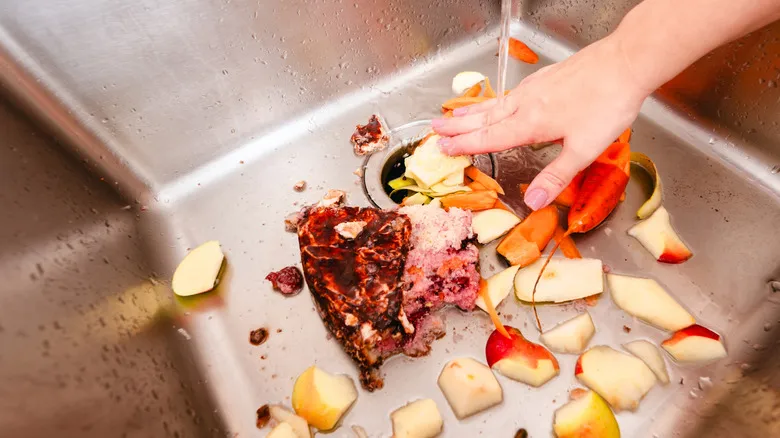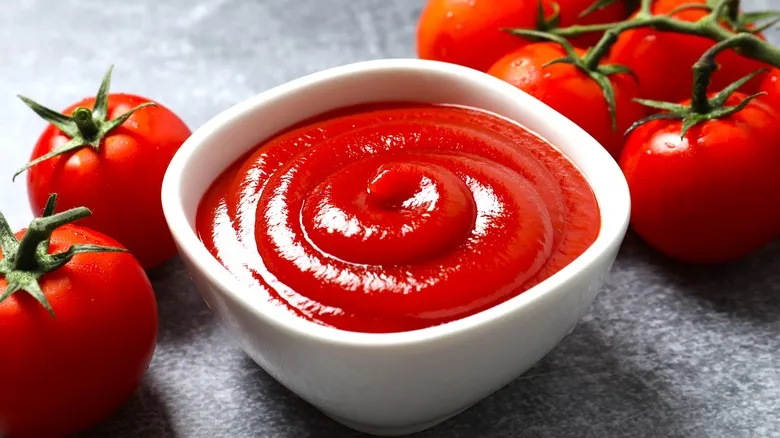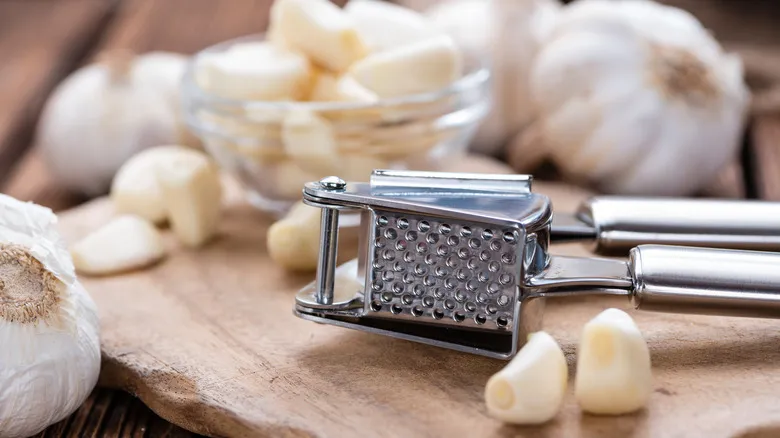Kimchi is forgiving to various approaches

As the leading tastemaker at the renowned Mari and Kochi, Sungchul Shim is well-versed in the art of crafting exceptional kimchi. His restaurant's menus showcase this fermented delight, incorporating innovative ingredients like squash and chives. If you're considering leaving out fish sauce or altering ingredients, rest assured that you won't compromise on flavor or authenticity. One of the wonderful aspects of kimchi is its natural adaptability and forgiving nature.
For instance, there are over 200 recognized recipes and varieties of kimchi, meaning there’s no single correct way to prepare it. If you’re vegetarian, vegan, have a fish allergy, or simply prefer to avoid fish sauce, feel free to omit it. Fish sauce, often found in dishes like pad thai, contributes a unique, salty depth that Shim notes can be replicated with other umami-rich alternatives like miso or soy sauce. He also recommends using kelp stock, which is made by boiling kelp (seaweed) in water to create a savory broth that captures the essence of the ocean without any fish.
If, after experimenting with your kimchi, you feel it could use a boost of umami, Shim suggests incorporating grated onions or shiitake mushroom powder to elevate the flavor. Trust your palate, as there truly is no single path to creating a delicious batch of kimchi.
Recommended

5 Things That Should Never Go Down Your Kitchen's Garbage Disposal

The Best Cooking Oil Isn't At Your Local Grocery Store

Why Ketchup Is The Secret Ingredient Your Stews Are Missing

Why Garlic Presses Are Actually One Of The Worst Ways To Mince Garlic
Next up





